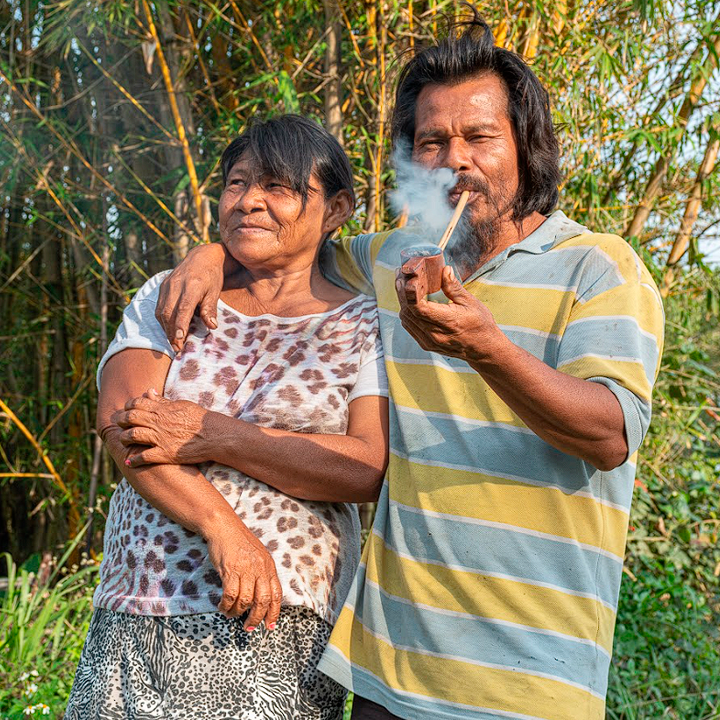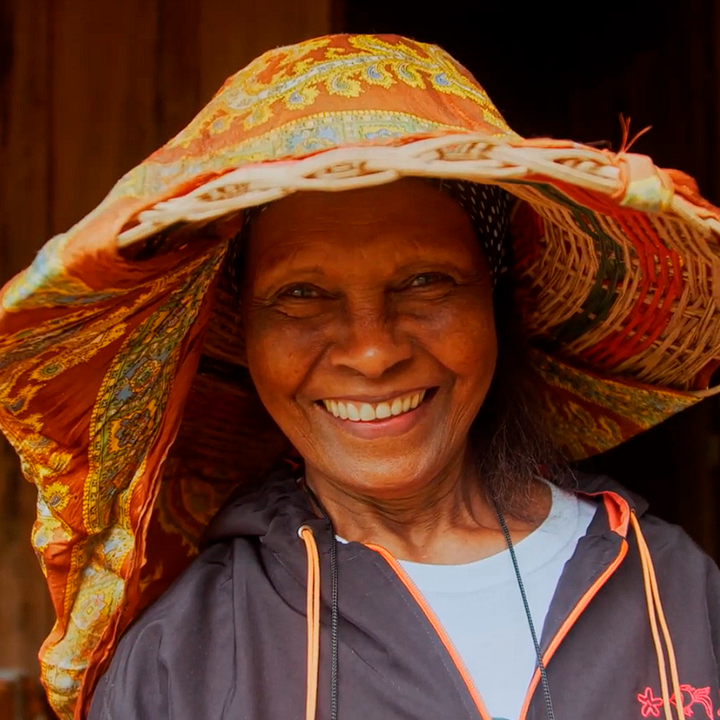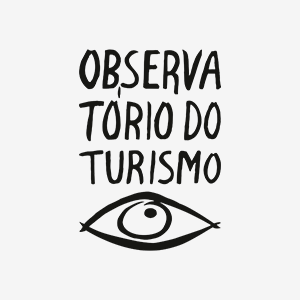
Culture
This area was very productive since pre-Colombian times, as the archeological evidence clearly shows. Many of the local “hills,” up to 30 m high, are, in fact, middens, where people in the many villages tossed out their oyster and mussel shells, along with other trash, and which accumulated over thousands of years.
The Caiçara, the name for the earlier inhabitants in this coastal region, owe their origins to the mix of Native Americans, Africans, and Europeans that all came together here. Canoe manufacture, artisanal fishing, forest extractivism, local farming and local crafts all form parts of this rich local culture. Regional folklore is nowhere represented more than in the Caiçara Fandango, which is a festive, musical-choreographed expression only found in this region, even if the original Fandango comes from the Iberian Peninsula. It is now registered as a “Cultural Wealth – Non-material Brazilian Heritage.”
Another traditional cultural group, but typically in the more mountainous regions, is found in the Quilombos. These descendants of African slaves that escaped bondage, they adapted their African heritage to local conditions and developed both a local culture and a unique way of living within the American tropical forest.
Two groups of Indigenous Americans are also found here – the Guarani and the Kaingang. The Guarani originally were widespread in this southern region of Brazil and neighboring Paraguay, Bolivia and northern Argentina. Today, the few remaining groups of Guarani that hold strong to their traditions comprise nomadic communities that travel along the southern Atlantic Forest. The Atlantic Forest Great Reserve is home to several of these groups, in both Paraná and Santa Catarina, and includes the only legally established reserve for these people in Brazil. Cotinga Island, in Paranaguá Bay, is theirs, where they are building their own prosperous community. The Kaingang were traditionally more on the western side of the mountains in the region called the high plateau, and now they have a small community in Guaricana National Park in Paraná.


Several old, colonial cities are found within The Atlantic Forest Great Reserve, including Cananéia (São Paulo), Guaraqueçaba (Paraná) and São Francisco do Sul (Santa Catarina). Some of these historical cities are officially protected by the National Historical and Artistic Heritage Institute (IPHAN): Iguape (São Paulo), Antonina (Paraná) and the aforementioned São Francisco do Sul. Cananéia is protected by the state of São Paulo.
Portuguese heritage can be seen everywhere in the colonial architecture and the local gastronomic delights, with a wide variety of sea foods. One of the most famous dishes, typical of coastal Paraná, is called Barreado, and is based on slow-cooked shredded beef, with side dishes of manioc farinha (a local variety of a typical Brazilian dish that accompanies most meals), rice and banana.





































